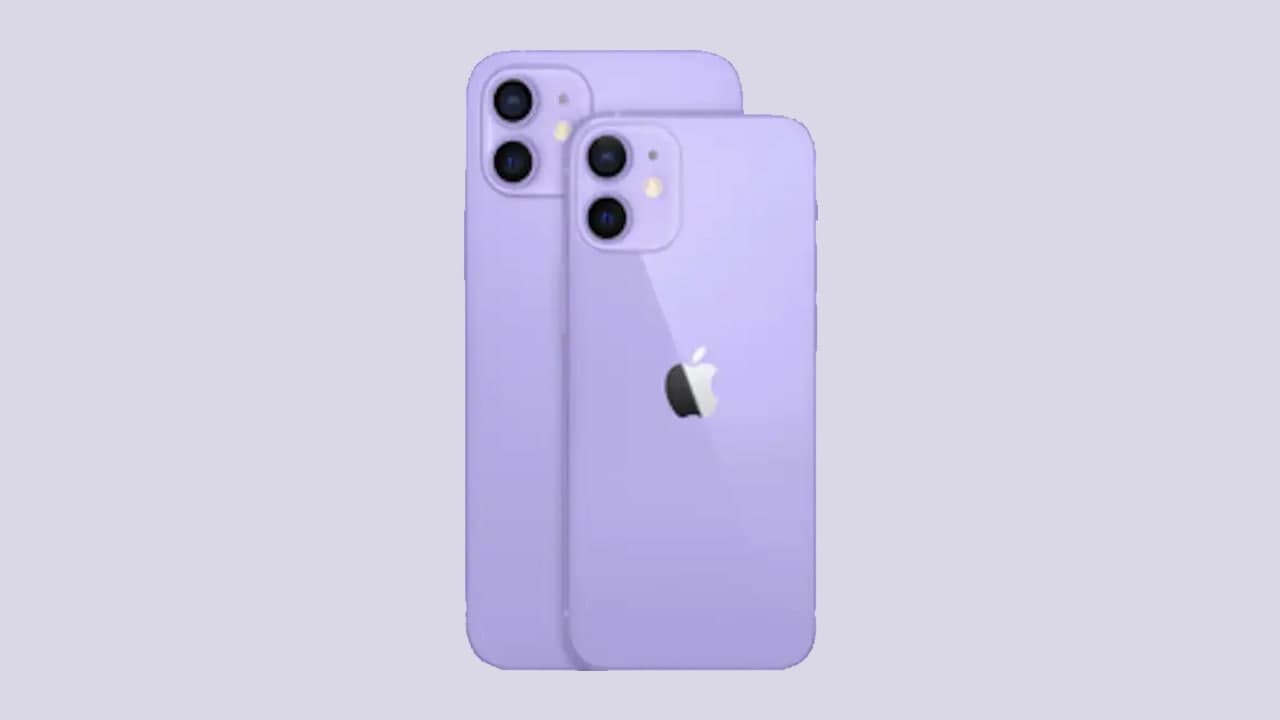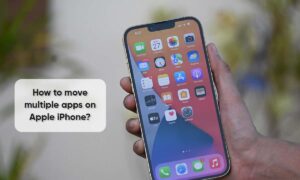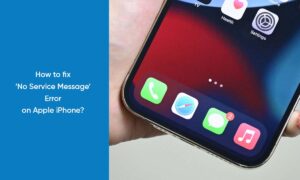The iPhone can be a portable computer, but it cannot work as a desktop or laptop computer. On your computer, you can directly interact with stored files you can open them, process them and save them; you can use macOS Finder or Windows File Explorer to organize them into folders; you can see them at any time.
Moreover, iOS is very different, you don’t have access to the entire file system. There’s a good reason for this it’s called sandboxing. This is a security feature that ensures that apps are sequestered, and no app or its data or files can communicate with another app. There are some exceptions to this, of course, you can access your photo library from apps other than Photos to send pictures via email or Messages; you can play music files with third-party music player apps; and so on.
How to Transfer files and folders to an iPhone or iPad App from a Mac or PC.
But most apps don’t have File Sharing enabled. Also even if the app has File Sharing enabled, you cannot access other folders than the Documents folder. In an app’s sandbox, you also have a Library folder containing the app’s settings, configuration.
Here’s how to browse files on your iOS device:
- Back-Up your device. Make sure to encrypt your backup so iMazing can back up all your data.
- Select your device in iMazing, then click Apps.
- Select an app, then enter its Backup folder.
- Navigate that folder to find files. Select files you want to view; you may or may not be able to view them, depending on which apps are needed to read their data.
- Select files, then click Copy to Mac or Copy to PC to copy them to your computer. You may then be able to view their contents with an app that wasn’t used to create them.
- Export an app’s file and data to your computer to restore it later or transfer it to another device: Export, backup and transfer iOS Apps’ Data and Settings.
Join Tip3X on Telegram










